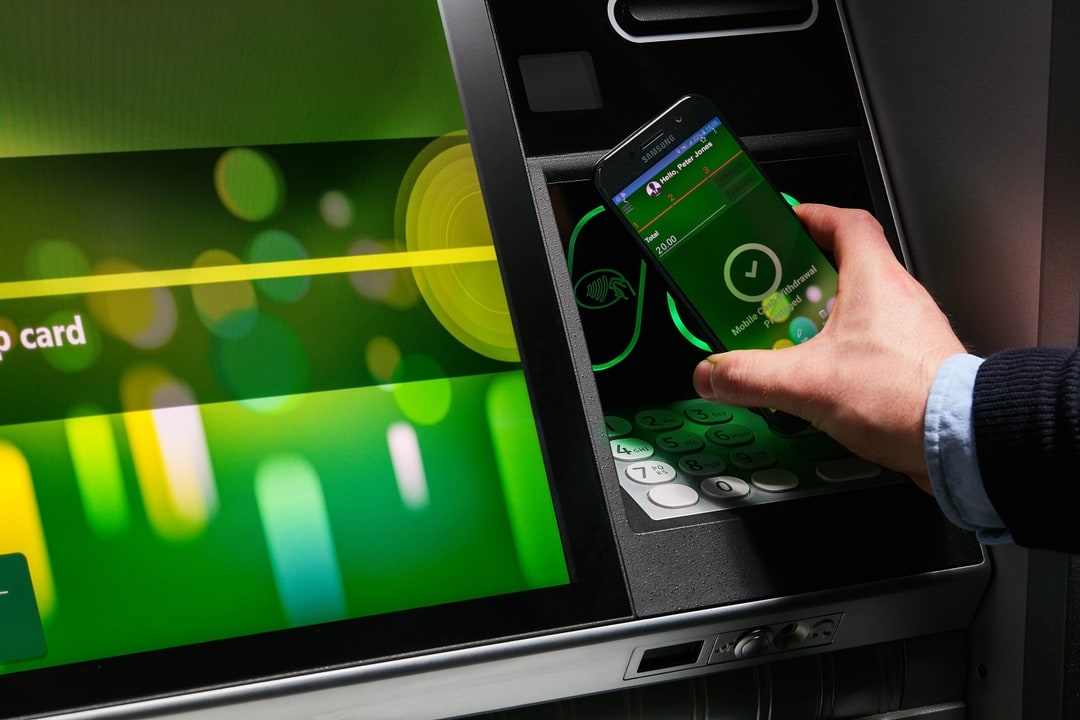It’s time to consider a new approach to ATM management
Published February 23, 2022
by Rob Evans, Principal Business Consultant
It often surprises the regular banking customer to learn that their most convenient ATM site might not be a profitable enterprise on its own for the ATM operator. Indeed, ATMs are generally not profit centers for most financial institutions. The practical problem with this acknowledgement leads FIs to sometimes deploy their fleets with a “set it and forget it” approach rather than a nuanced and strategic one.
This is a mistake because strategic deployment and consistent management of ATM fleets can reveal opportunities to reduce operating costs everywhere, from individual machines all the way back to the total bank ATM fleet.
It starts with the cost of a teller
How much does it cost your financial institution when a customer walks into a bank branch and hands a teller $200 in cash and checks to deposit?
That’s the starting point for understanding how efficient your ATM fleet is for your financial institution. An ATM is the most cost-effective way to handle transactions like deposits and withdrawals. But if an ATM isn’t available for your customer, that transaction doesn’t just go away. Instead, that customer will head to their closest branch to process their transaction, where it can cost the financial institution up to ten times as much to handle.
Hiring, training, paying and offering benefits to a teller or CSR, not to mention the costs of the branch where staff works, is expensive. The institution’s human capital — the time staff spends handling negotiables — is better used handling complex customer needs.
Effective ATM optimization means not just reducing losses or increasing profits at the individual ATM, but also understanding how that particular machine impacts the whole delivery network.
Realize some benefits don’t show up on the balance sheet
Financial institutions use some simple calculations to balance the expenses of an individual ATM — like depreciation, maintenance and cash held — against the surcharge revenue generated.
This model is incomplete and doesn’t give a full picture of what’s really going on.
An ATM is expensive but serves as something of a loss-leader. A well-maintained and branded ATM can and does effectively serve as a marketing tool. Further, more robust devices like Interactive Teller Machines (ITMs) or deposit-taking terminals can serve as effective customer service tools that can use video to help answer questions.
When fully realized, ATMs can also serve as sales tools. Consider the approach when a provider can offer ATM deployment to an institutional-level commercial customer, such as a hospital or a factory. It’s any easy benefit for executives to offer their employees the convenience of an on-site ATM, so they don’t have to sprint offsite during their lunch breaks to handle financial errands.
Offering on-site ATMs can offer a competitive advantage when competing for such a customer. When looking at those ATMs through the lens of pure cost per transaction, the metrics will seem miserable. But holistically, ATMs help secure commercial business.
Understand your expenses — and how to mitigate them
While cost per transaction doesn’t tell the whole story when evaluating an ATM fleet, it’s important to reduce expenses wherever possible.
Factors to consider include the age and cost of each machine. FIs must develop a depreciation schedule and consider upgrades when ongoing machine maintenance outstrips the machine’s useful life, or if old technology, like machines that need hardwiring, is adding additional costs.
Look beyond the ATM fleet and consider the expense of individual machines. This may also reveal cost savings, like second-line maintenance coverage. Consider an FI with approximately 20 machines. While 15 of them may be in branches and available 24 hours a day, five others are in the factory of a commercial client where they’re only available eight hours a day. In that case, blanket 24-hour or 16-hour maintenance coverage may mean an FI is overpaying for service on some of those machines, and those costs add up.
It’s also imperative to analyze ATM ticket data to understand the costs of cash utilization at any given machine. Cash utilization is a careful balance between minimizing the number of times the cash in transit (CIT) provider has to visit your machine and not tying up cash in a machine that could be put to better use. No FI wants its machine to run out of cash every weekend, but if it hasn’t needed to be refilled in two months, that can also be a problem. Cash recycling ATMs can be an effective solution to this, with optimal deployed sites able to reduce CIT visits by as much as 50% — plus, if you add the right cash management software to the ATM then you can save an additional 20%.
It’s all about location, location, location
What’s true in real estate holds true for optimizing an ATM fleet: it’s all about location, location, location.
Fortunately, the tools available for helping financial institutions site ATMs in high-performing locations are getting increasingly sophisticated. New software uses urban planning data, demographics, traffic counts, socioeconomics and more to determine the best way to site an ATM from the fleet level to the individual machine.
However, it’s important to blend these tools with industry know-how to ensure compliance with local regulatory guidance that might compel financial institutions to provide equal service levels throughout a community. Consultants can help filter the data produced by location scouting tools through the specific needs and perspectives of the banking industry against legal requirements to make sure investment decisions strengthen an FI's compliance obligations.
It’s also important not to rely solely on the data in the spreadsheet. Regular inspections of an ATM’s environment can catch problems algorithms can’t.
For example, a modern, well-cared-for ATM in a busy supermarket should see good foot traffic. But if it’s blocked by shopping carts, floor merchandising and other obstacles, it’s unlikely. On-site inspections ensure FIs can catch problems like this.
Be wary of which lever you pull
FIs can also investigate the revenue side of their ATM operations by addressing two levers: surcharge, which is what another bank’s customers pay to use your ATM, and interchange, which FIs pay each other when their customers use other machines.
It can be tempting to raise revenues by playing with these variables, and sometimes that step is warranted. However, it’s important to be careful. Raising the surcharge on a machine, for example, will lead to a lower volume of customers. Meanwhile, lowering the surcharge may lead other FIs to respond by increasing the interchange they charge.
The choices here require careful consideration to achieve the proper balance. This serves as another reminder that it’s wisest to control expenses at the fleet and machine level first.
ATM optimization is about more than just hard data
There often is no singular, blanket solution that allows ATMs to maximize profits and minimize losses. There is, however, a spectrum of optimization tools that yield a more efficient ATM fleet.
Financial institutions must collect data and organize it into fleets based on categories like geography or strategic goals, then customize the desired outcomes based on tangible benefits like revenue and soft benefits like customer recruitment, marketing and cost reduction at the branch.
It’s a matter of marrying data with experience and expertise, and it’s as much an art as it is a science.



